School shootings are only getting worse
Washington Post figures show how school shootings have affected America over the last 20 years.
Two years ago, a group of Cal High students thought it was funny to continuously pull the fire alarm.
With the annoying shrill of the alarm ringing through classrooms and hallways, everyone shuffled to the football field laughing and joking because it was the third fire alarm that week and no one believed there was the threat of a fire.
Flash forward to last year, when a fire alarm went off right after Cal received its first shooting threat of the year.
No one was laughing then.
Instead of leading students outside to the football field, teachers locked their doors and closed the blinds. When the school gave the all-clear sign, hundreds of students streamed to the front office to sign out for the day because they didn’t feel safe on campus.
Sadly, school shootings have become some sort of sick trend in America’s public school system.
Since 12 students and one staff member were killed at Columbine High School in the Denver suburbs on April 20, 1999, there have more than 230 shootings on American high school, middle school, and elementary campuses, according to NBC San Diego news.
Sixty of those school shootings have happened in the last three-plus years since the Class of 2020 began high school.
In those 60 shootings, there have been 52 students and staff members killed, 165 injured and about 187,000 students who have experienced the terror of a school shooting on their campus, according to a Washington Post story.
Cal students experienced a sliver of what that’s like when the fire alarm went off following a series of threats on campus.
“I remember my friends making fun of me for not going to school that day, but when the alarm went off those same friends had instant regret for not making the same decision as me,” junior Nico Poblette said.
It didn’t help that this incident at Cal came just a few months after the shooting at Majory Stoneman Douglas High School in Parkland, Fla. That shooting on Feb. 14, 2018, started with a fire alarm being pulled and an expelled student killing 17 people and injuring 17 others with a semi-automatic rifle.
As a result, Parkland surpassed Columbine at the deadliest school shooting in U.S. history.
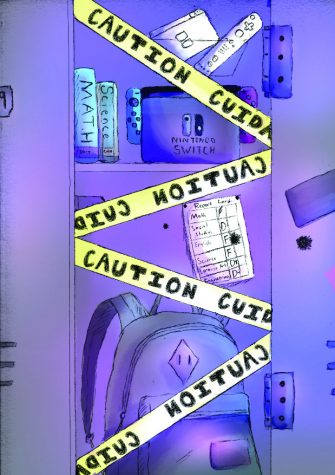
School shootings have become a common occurrence in America.
It’s no wonder that students are starting to feel less safe at school, a place where the main concern should be learning and passing classes.
Last year alone, there was a series of four shooting threats at Cal in about a month.
“No I don’t feel safe at [Cal],” senior Alicia Camacho said. “I only came to school on one [of the days] of the shooting threats. As for the other threats, I stayed home because I didn’t want to risk becoming another statistic.”
A lot of students shared the same fear as Camacho last year when a series of threats resulted in the lowest attendance rate in Cal’s history. Eighty percent of the student body, or about 2,250 students, didn’t show up to campus on May 9 after a threat specified the method and targets of the shooting on campus that day.
That threat at Cal came a day after an actual school shooting in Colorado, and a week after a shooting at the University of North Carolina.
This year, neighboring Dougherty Valley High had to deal with a threat in September. The threat was fortunately found to not be credible, according to an email from Elizabeth Graswich, the director of communications and community relations for the San Ramon Valley Unified School District
High schools all over the United States have been recognizing the threat of violence and are trying to make their campus safer for their students. From new door locking mechanisms to trained attack dogs, school districts everywhere worry about protecting their students.
Cal has had multiple shooting threats in the past four years, and even one planned attack that was thwarted and led to a freshman boy being arrested in April of 2018 and later expelled from the district.
Police said the boy was planning to shoot classmates in 2021, his senior year. He had a list of people he wanted to target during this planned attack.
The Contra Costa County District Attorney’s Office did not file charges against the boy and he was released from Juvenile Hall because investigators determined he did not have the means to carry out an attack.
This incident shook many students, and just as they were recovering, Cal faced the other series of threats last school year.
With all of these threats it begs the question: What is Cal doing to ensure the safety of its students?
“I always talk to everyone and make sure they are okay to the point where I hope they will tell me if something is wrong,” said Tim Ford, one of Cal’s three campus supervisors.
The school district as a whole has been taking steps as well to increase safety at all of its schools, including partnering with local law enforcement to increase security.
Cal has taken action to increase security around campus and improve the safety of the students by locking perimeter gates during school hours and having the only entrance to campus through the main office.
In addition to Cal’s student resource officer Abbas Husain, there has been a second police officer on campus at brunch and lunch on some days. Husain also recently provided Cal’s staff with a brief presentation about how to respond in the event of a school shooting.
Cal isn’t the only ones doing something to prevent school shootings. The county had an active shooting drill at Cal a few weeks before school started in order to prepare for one if it ever were to happen.
This drill was not in response to the threats made to Cal last year. The county just needed a place to preform the drill and Cal opened up its campus.
“All the agencies in the county want practice, and Cal lended it’s campus” assistant principal Tucker Ferrer said.
Cal also started this year a new club called Students Against Violence Everywhere (S.A.V.E), which was started by the Sandy Hook Alliance, a non-profit that provides resources for districts to start a club at their schools. Sandy Hook Elementary school experienced one of the country’s most horrific shootings in 2012, when 20 children and six staff members were killed.
“Think of (S.A.V.E) as leadership on steroids, except for its all dedicated to student culture and inclusion and awareness,” Ferrer said. “It’s trying to rebuild the school culture with the students leading the way and Sandy Hook has a way to help the parents so that they can support the students.”
Ferrer said the club, which kicked off its Hello Week activity on Monday, will help promote anti-bullying so students feel welcomed and included at Cal. This club will be very useful considering the school has a lot of new students this year.
By rebuilding the school culture and connecting students, S.A.V.E is trying to avoid having any student feel so isolated that they’d resort to violence.
“If students can really make an effort to participate, it can definitely get rid of social isolation,” sophomore Dyuthi Kumar said. “ [This club] is preventing acts of violence through creating a safer community at Cal.”

Sabrina Contreras is a senior at California High School. She is one of the managing editors of the Californian, and she loves to write. Along with writing,...
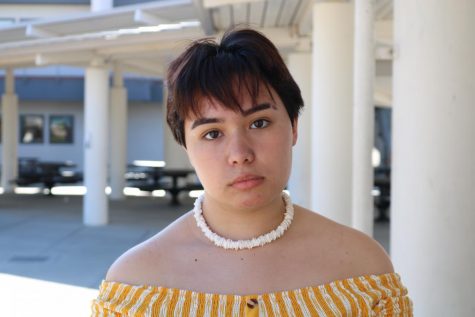
Ceci Musgrove has been in the newspaper class for the past two years. As a senior, they are one of the two features editors. Last year they were a reporter...
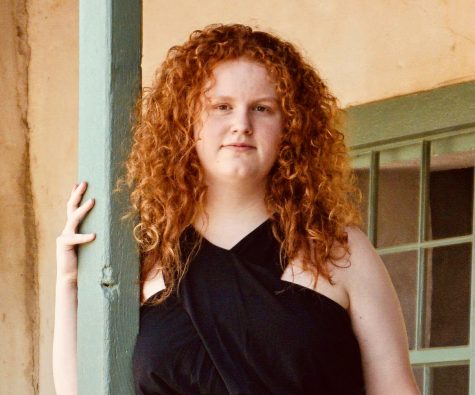
A senior at California High School, Rebecca Newman is a third-year newspaper student and is currently the graphics editor for the Californian. She spends...
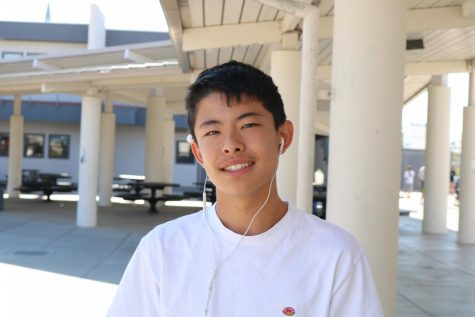
Thomas Tsuchimoto is a sophomore at Cal High and this is his second year in newspaper. In his second year he will be an artist and sports photographer....
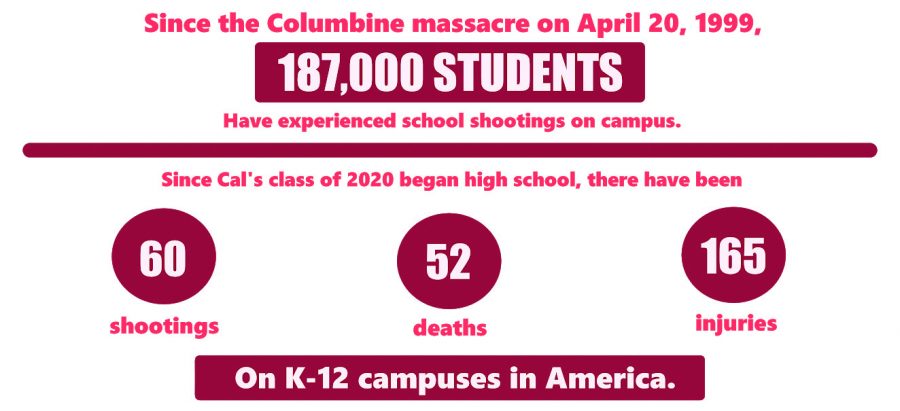

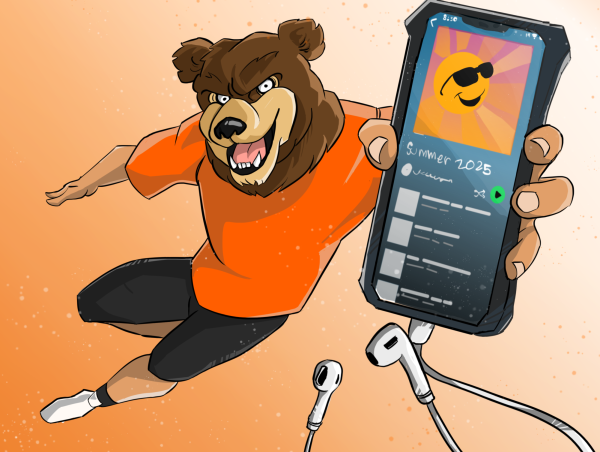
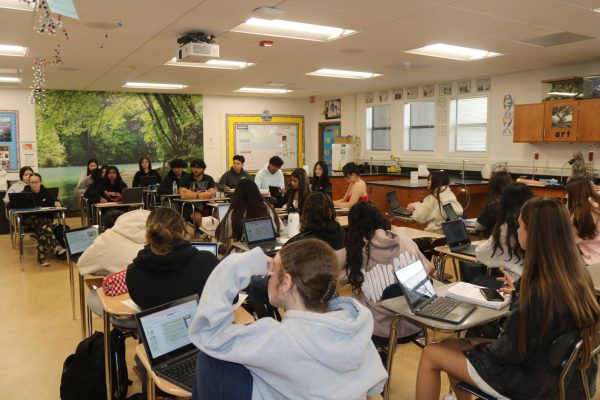
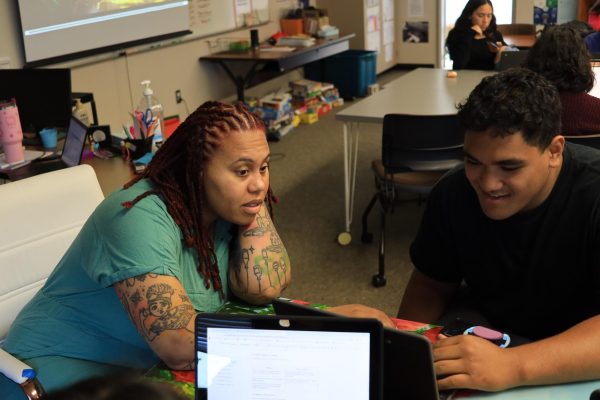
Autumn • Nov 20, 2019 at 8:47 am
Hello i am a student from a school in Wyoming. I was told to read an article from a school that was out of my state and i chose this school. I really liked your article. I hope your school stays safe during times like this.